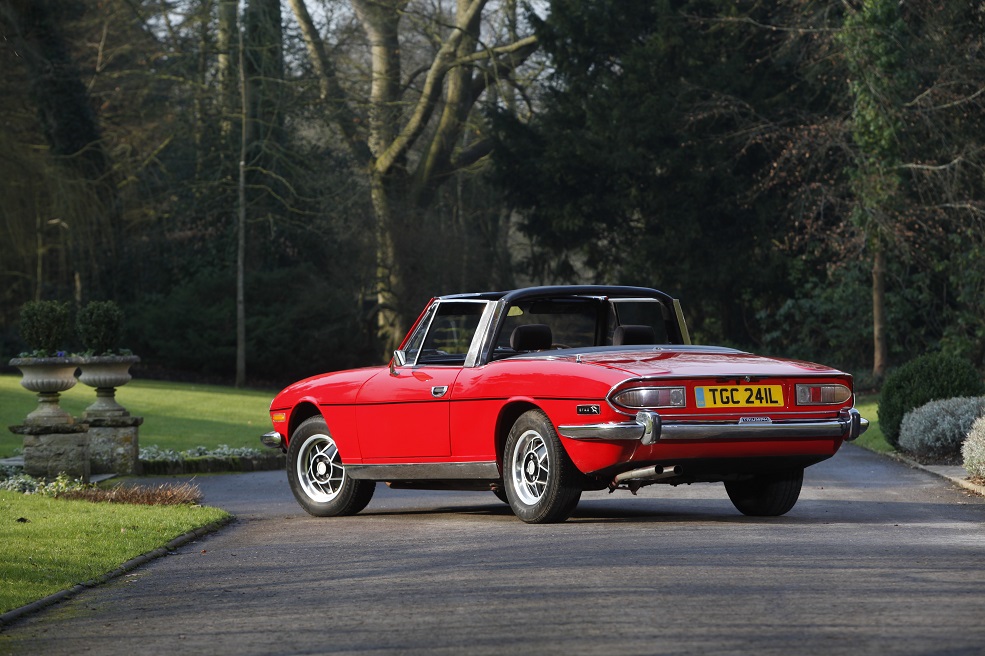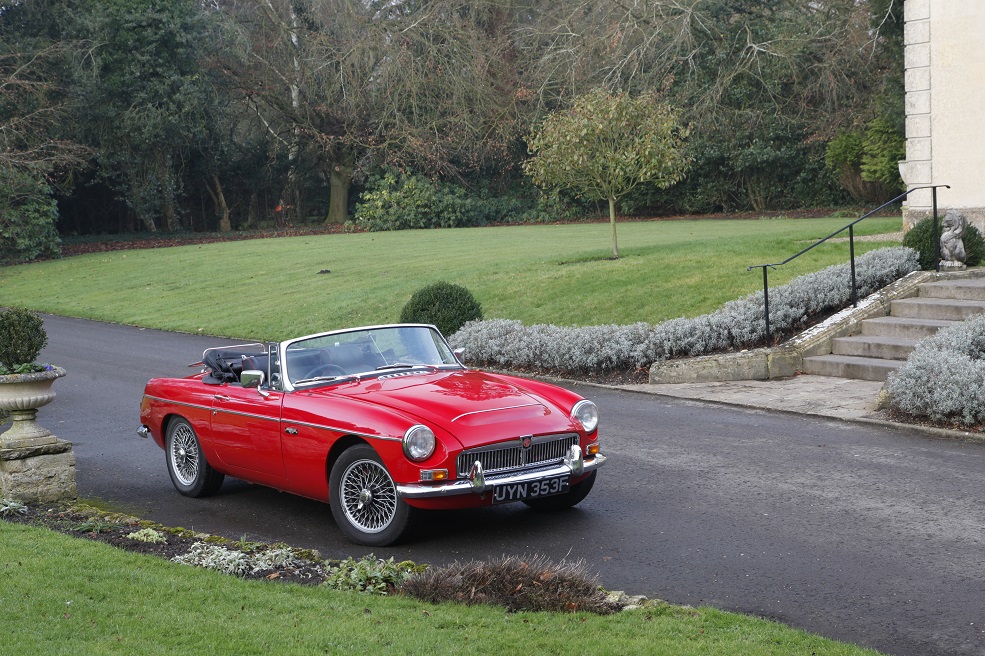We look at some of the classics with bad reputations, debunk the myths and ask whether a bad name makes a bad classic?
Some classics are dogged by poor reputations almost from day 1. And yet, given time, specialist attention and improved technology, the fact is that a lot of the issues for which people derided these cars can be overcome. So while you might have previously been put off some especially appealing classics in the past, perhaps we can change your mind with our guide to the classics everyone loved to hate when new.

Triumph Stag
Reliability problems stymied the Stag from the off. A combination of poor quality control and a service schedule that negated to mention the need for regular coolant flushes meant that the Stag soon earned a reputation for being suspect in the cooling department.
But while those early cars were supplied with casting sand still present in the waterways, an expansion tank below the heads, an inadequate radiator and a water pump at the top of the system, the fact is that the majority of Stags still in existence have had some element of remedial work already and that a Stag today is likely to be a perfectly reliable car. We’ve run one for five years without any major incidents, courtesy of a re-sited header tank, bigger radiator and electric fan conversion, and there’s no reason to suggest that any Stag so equipped will be anything other than reliable. And take a look at values if you need further convincing. The Stag remains the only 1960s-1970s V8 British GT car to have stayed accessible. As Astons, Jensens et al have entered the stratosphere, Stag prices have remained relatively sensible – you can still buy one for just £10,000 if you look carefully, while £15,000 will get you something nice.

MGC
Upon launch the MGC was panned for poor handling, understeer and heavy steering being seen as the order of the day. Not only was it seen as inferior to the Healey 3000 it replaced, but also to its smaller engine MGB brother.
However, the press missed two key points. Firstly, the tyre pressures at the front of the press cars were lower than they ought to be – deadening the feel and increasing the car’s propensity to wash wide. This negated any sporting feel whatsoever and added to the sense of nose heaviness. This sense was in fact accurate – the extra weight of the six pot couldn’t completely be negated, which is why contemporary reports argued that the B handled better. But the MGC was never really meant as a sports car. Re-evaluate it as a GT and suddenly the picture is rosier. It may be a little heavy to steer, but it’s a wonderfully relaxed high-speed cruiser with more than a hint of small Aston to its execution. And a bargain today when compared to the big Healeys it replaced.

Austin Allegro
The Austin Allegro is symptomatic of everything people perceive as being wrong with British Leyland. Launched before the R+D work was strictly completed, early customers were nonplussed by a car which didn’t drive or ride as nicely as the outgoing ADO16 – and nor was it as attractive.
The Quartic wheel was as popular as an ice cream van in December, while the cars themselves were perceived as heavy and unengaging to drive – at first. Later revisions brought more to the drive, a round wheel to satisfy the unadventurous, and a redesigned bench in the back made the S2 and S3 models more spacious. The print adverts for the S2 declared that it was “a sight better” – and customers agreed. Nowadays, those early Allegros have collector value beyond the rest – because all those negative rumours fuel an enthusiast scene which embraces the car’s quirks and loves it for them.
While Allegros are perhaps not as valuable as our other choices here, their following means that prices are rising. Something like an early 1750SS or a Vanden Plas (devoid of Quartic but the recipient of a massive grille) can command over £5000, while a nice S2 or S3 1300 in usable condition can be yours for well under £2000.
These three classics prove that a reputation earned in a model’s infancy needn’t hold it back in classicdom – with either modifications or the passage of time able to cure almost all evils. These days, ownership of any of the three is socially acceptable – as well as being a whole lot of fun. Don’t believe us? Go out and buy one, and find out for yourself just what excellent value they offer.






